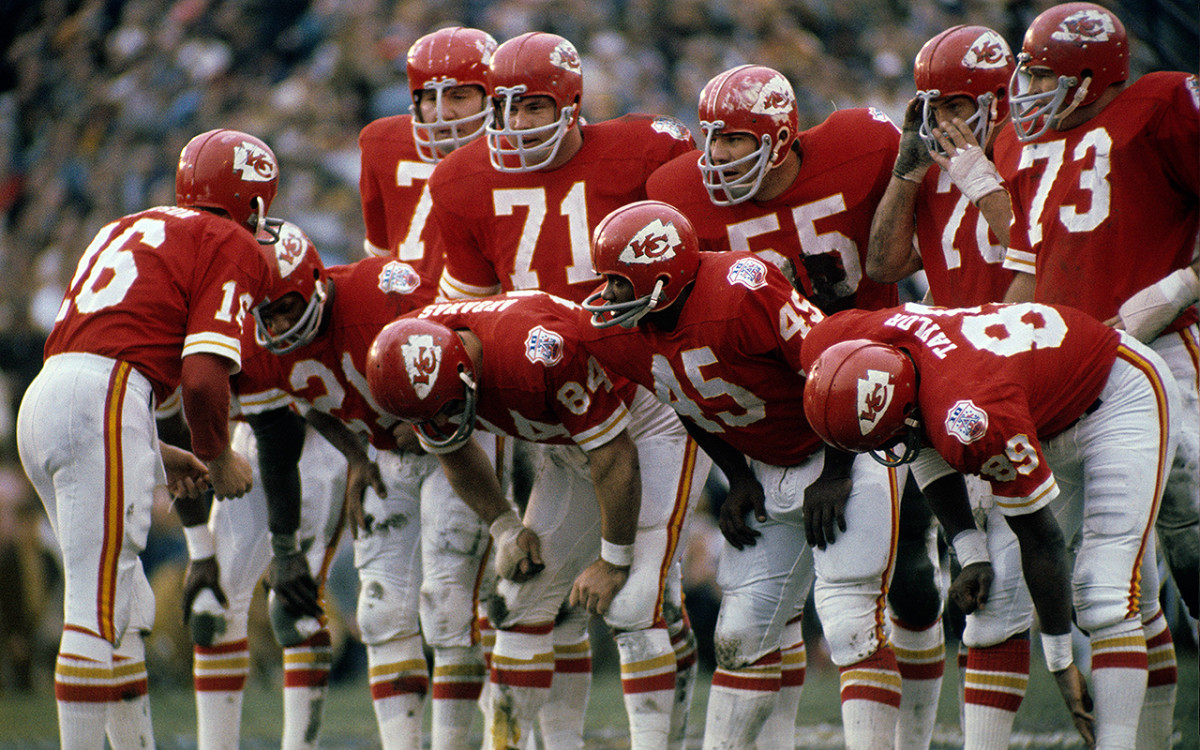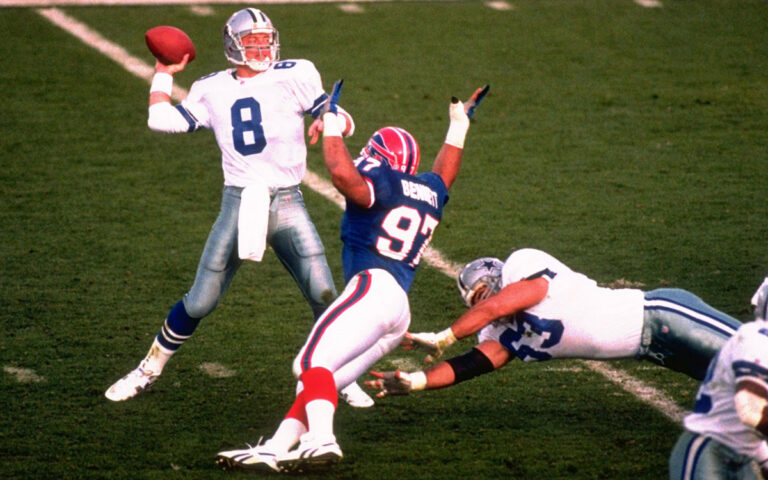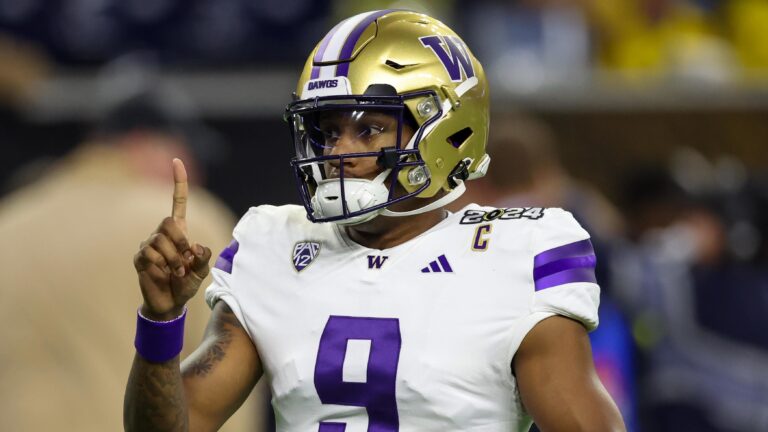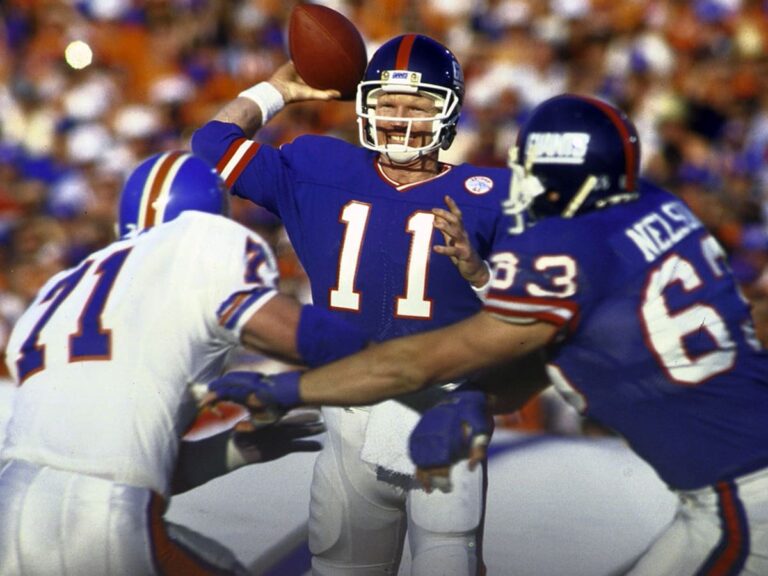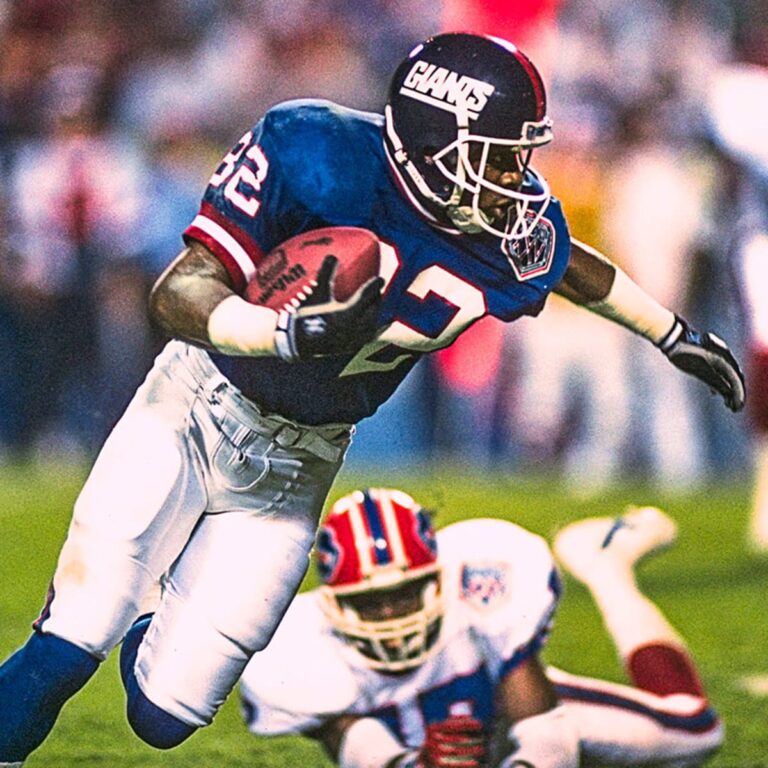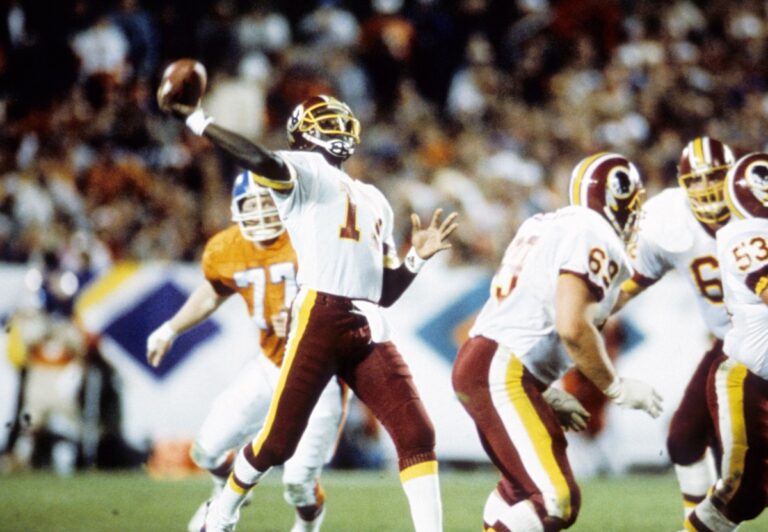Super Bowl IV: Chiefs Crowned Champions in Historic Victory Over the Vikings
Introduction:
Super Bowl IV, held on January 11, 1970, at Tulane Stadium in New Orleans, marked a pivotal moment in American football history. The game featured the Kansas City Chiefs, champions of the American Football League (AFL), facing off against the Minnesota Vikings, representing the National Football League (NFL). The Chiefs’ triumph in Super Bowl IV not only secured their place in football lore but also showcased the competitive parity between the AFL and NFL during the era.
The Context:
Super Bowl IV was the last championship game before the AFL-NFL merger, which would officially unite the two leagues into the National Football League. The Kansas City Chiefs, coached by Hank Stram, entered the game as the reigning AFL champions, while the Minnesota Vikings, coached by Bud Grant, were formidable opponents with a staunch defense known as the “Purple People Eaters.”
The Teams and Players:
The Chiefs were led by quarterback Len Dawson, a seasoned veteran, and their roster featured standout players like running back Mike Garrett and wide receiver Otis Taylor. The Vikings, on the other hand, boasted a formidable defense led by the likes of Alan Page and Carl Eller, with quarterback Joe Kapp orchestrating the offense.
The Game Unfolds:
From the opening kickoff, it was clear that the Chiefs were determined to prove the AFL’s worth against their NFL counterparts. Len Dawson orchestrated a masterful performance, connecting with his receivers and maintaining control of the game. The Chiefs’ defense, led by linebacker Willie Lanier, intercepted Joe Kapp three times, stifling the Vikings’ offensive efforts.
The first half saw the Chiefs take a commanding 16-0 lead, with Jan Stenerud contributing three field goals and Dawson connecting with Otis Taylor for a touchdown. The Vikings, known for their defensive prowess, struggled to find answers against the Chiefs’ well-executed game plan.
Key Moments:
One of the defining moments of the game came in the second quarter when Dawson connected with Otis Taylor for a 46-yard touchdown pass. Taylor’s electrifying run after the catch showcased the Chiefs’ offensive firepower and set the tone for the rest of the game.
The Vikings managed to get on the scoreboard in the third quarter with a touchdown pass from Joe Kapp to Gene Washington, but the Chiefs responded with authority. Running back Mike Garrett rushed for a touchdown, extending the Chiefs’ lead and solidifying their control over the game.
Halftime Show and Cultural Impact:
Super Bowl IV’s halftime show featured a tribute to Mardi Gras, embracing the vibrant cultural spirit of New Orleans. As the Super Bowl continued to grow in popularity, the halftime show evolved into a celebration of American culture and entertainment, attracting viewers far beyond football enthusiasts.
Legacy and Impact:
The Chiefs’ 23-7 victory over the Vikings in Super Bowl IV not only secured their place as champions but also emphasized the competitive balance between the AFL and NFL. The game served as a fitting conclusion to the pre-merger era, setting the stage for a unified National Football League.
Len Dawson’s stellar performance earned him the Super Bowl MVP honors, capping off a remarkable season for the veteran quarterback. The Chiefs’ victory in Super Bowl IV remains a testament to the talent and resilience of AFL teams, dispelling any doubts about their ability to compete at the highest level.
Conclusion:
As we celebrate each Super Bowl, Super Bowl IV holds a special place in history as the final showdown between the AFL and NFL before their merger. The Chiefs’ triumph showcased the league’s competitiveness and paved the way for a new era in professional football. Super Bowl IV serves as a reminder of the sport’s evolution and the moments that shape its legacy.

